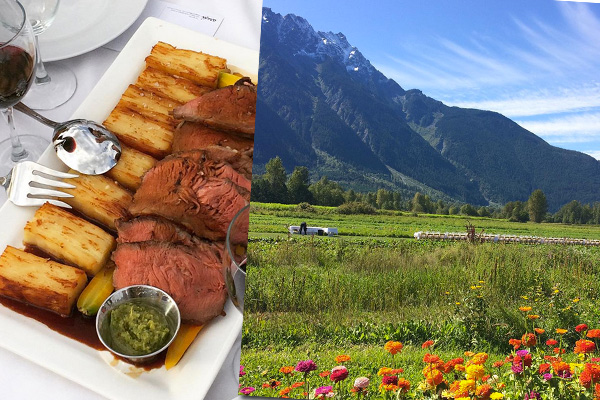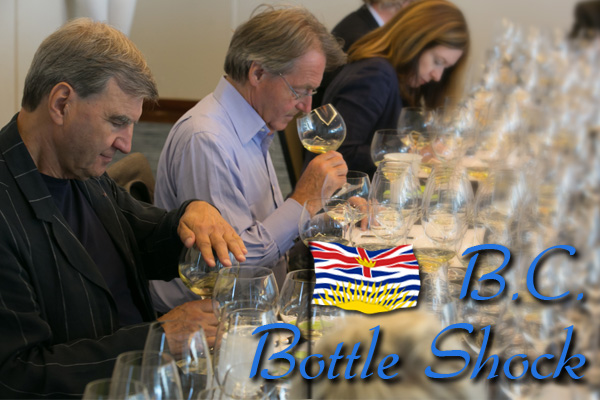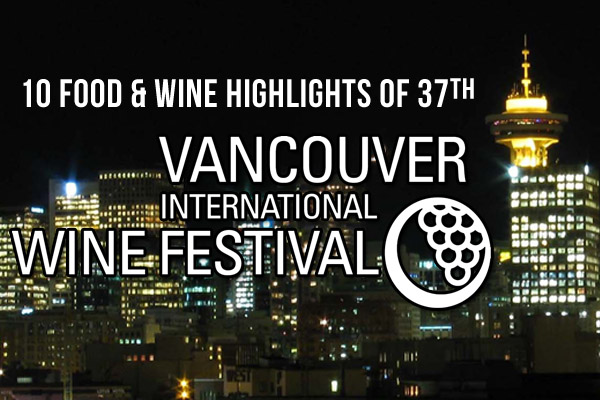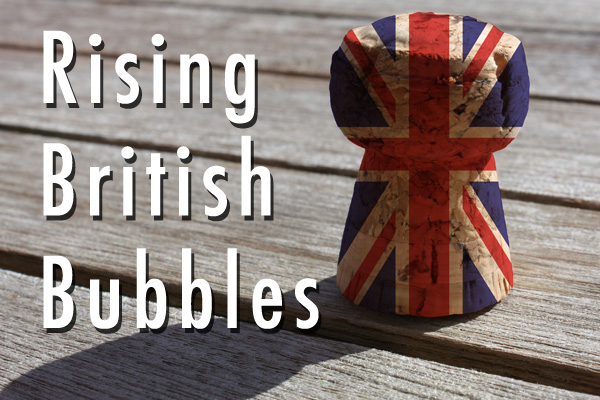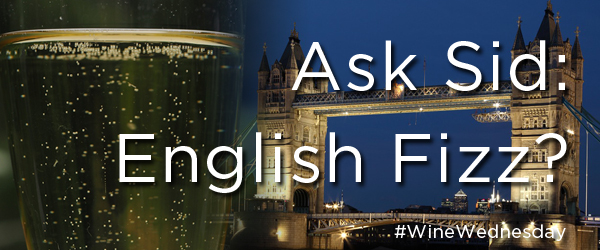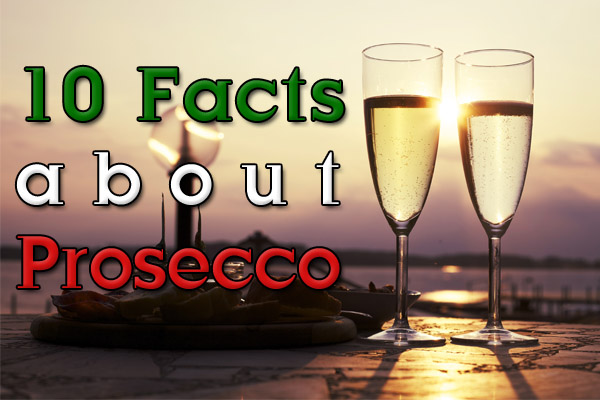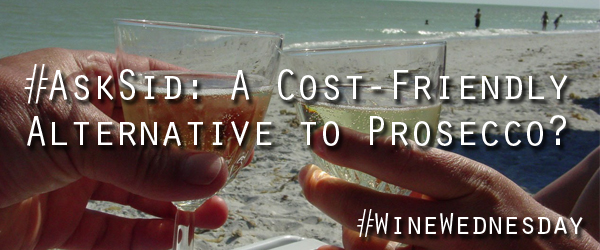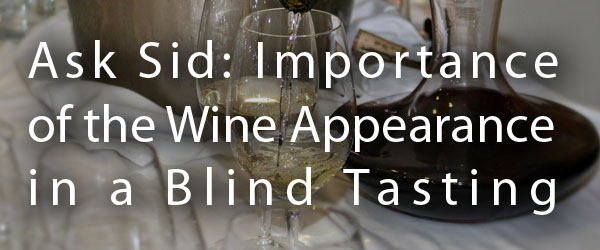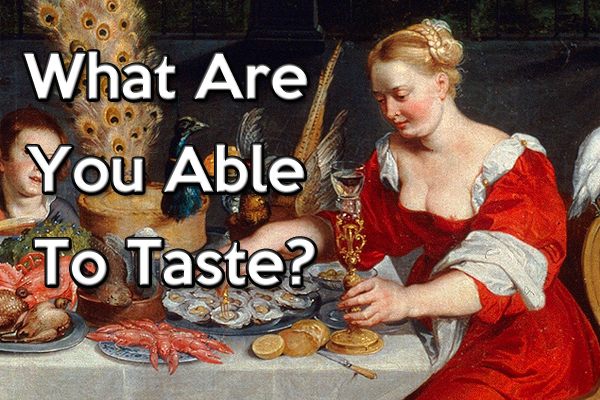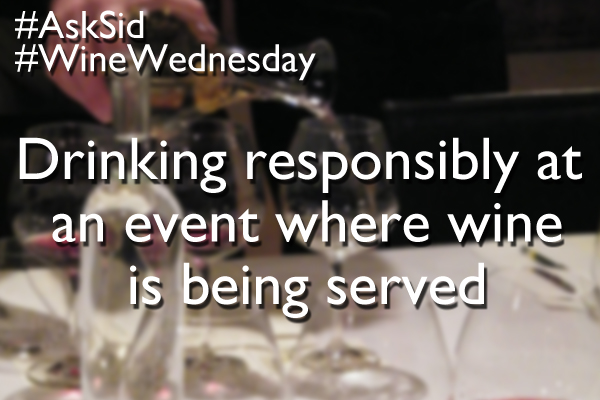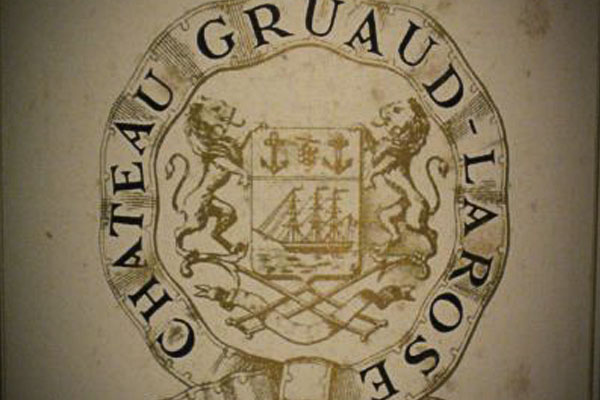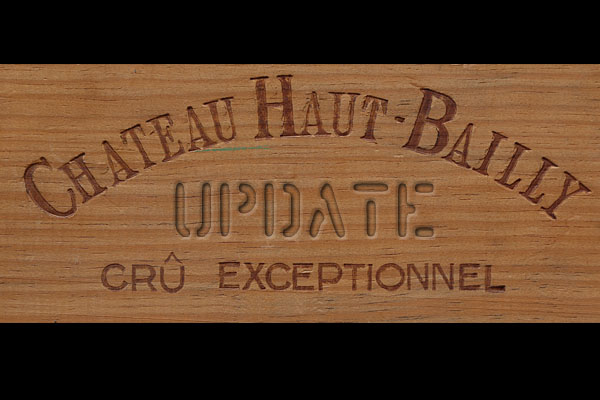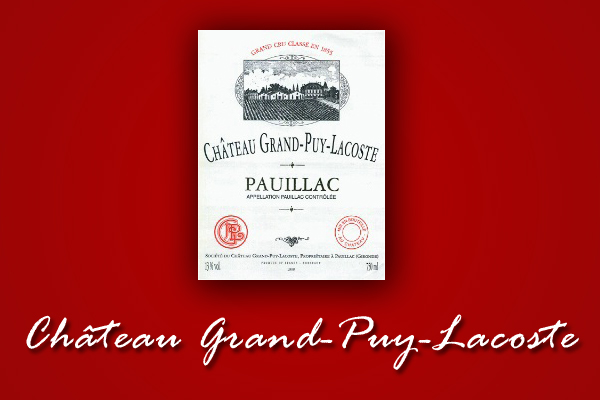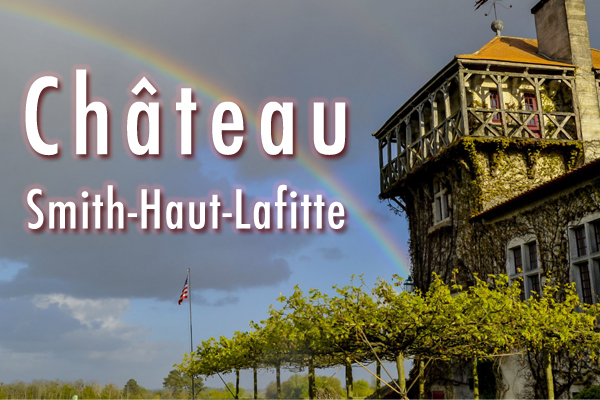 |
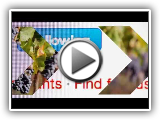 |
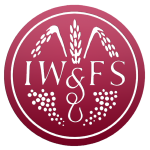 |
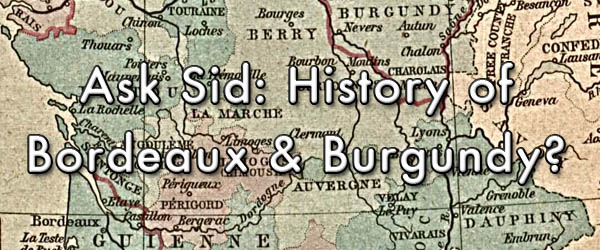
Question: When you read the history of Burgundy, inevitably it is brought up that, due to the Napoleonic Code and the change in French inheritance laws, many vineyards were broken up to the point that there are over 50 owners of, say, Clos de Vougeot. Sometimes owners just have two rows of vines. My question is, why did Bordeaux escape this fate? There are larger vineyards there, and I don’t recall ever reading about how Bordeaux estates were divided to absurdly tiny pieces of property like Burgundy.
Answer: As you indicate in your question it is really the different history of the two regions. The church and monasteries had a really big influence on the Burgundy vineyards way back to the 6th century. They later sold off their large holdings from time to time to “farmers” as smaller land parcels. However inheritance laws that were passed later divided this property between all the owner’s heirs resulting in even smaller fragmented parcels. No large investor. Bordeaux evolved quite differently with initially more wealthy owners of very large properties. More corporate orientated rather than individual owners. Rather than the property having to be split there was cash flow by selling it to their neighbours. Note that Chateau Gruaud-Larose was split into Sarget and Faure for a time but later was reunited by the Cordier family. An alternative example is Pichon was originally one estate in Pauillac but was large enough to divide into both Baron & Lalande and just carry on as two substantial properties. Also there was fresh investment by new owners (like the Chinese are doing presently) setting up large estates. A good example is Chateau Gloria not a presence in 1855 but formed during the 1940s buying up whatever available smaller parcels became available in St. Julien now resulting in a large vineyard estate of over 100 acres. Different culture and history!
You might also like:
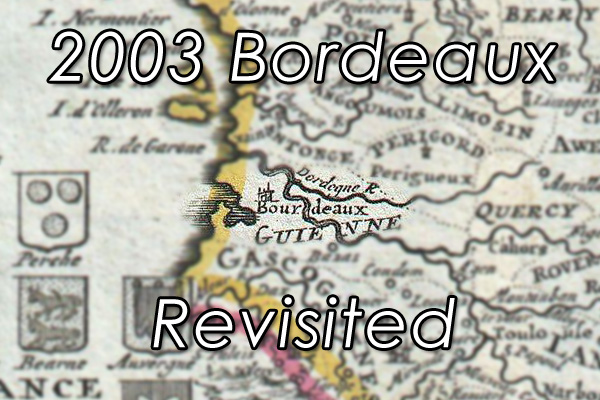 |
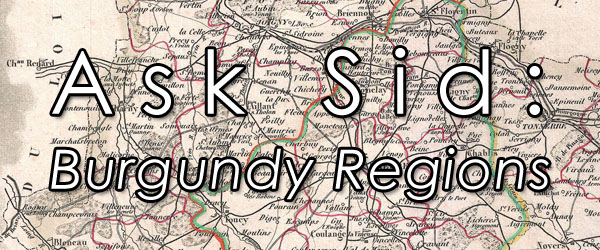 |
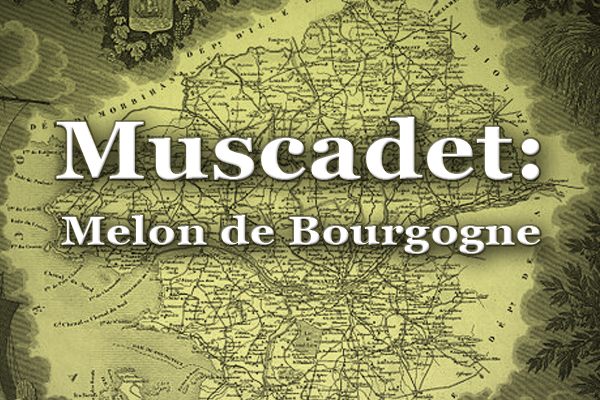 |
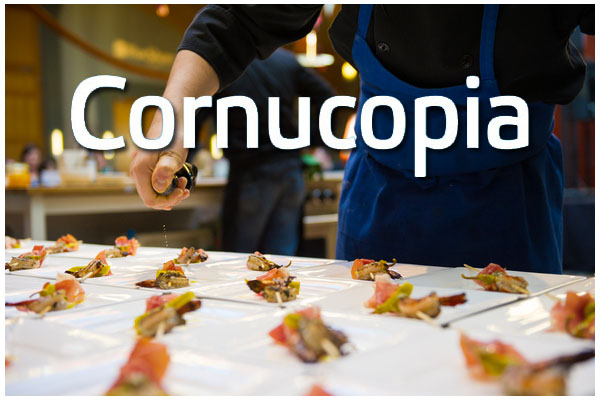 Photo Credit: WhistlerCornucopia.com
Photo Credit: WhistlerCornucopia.com